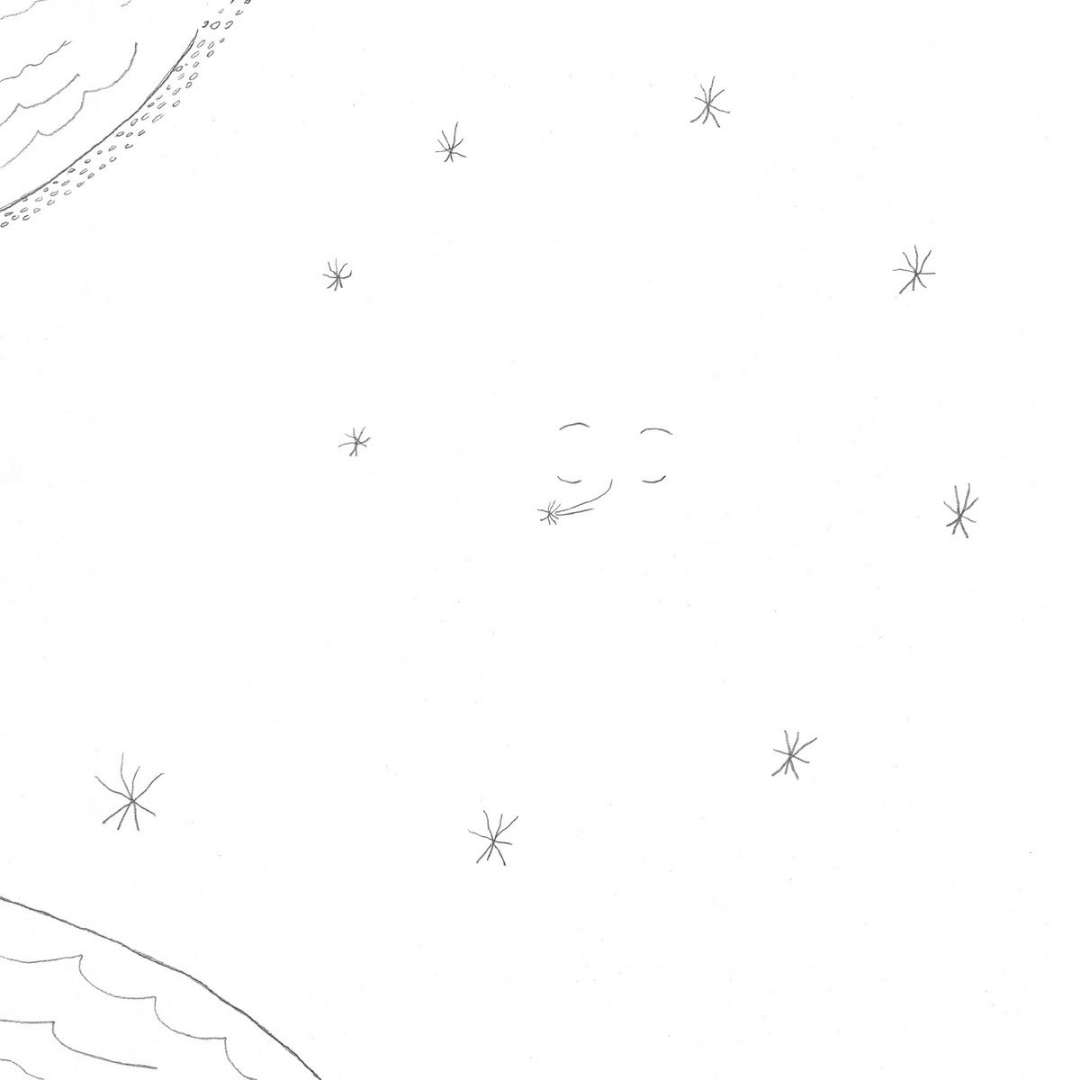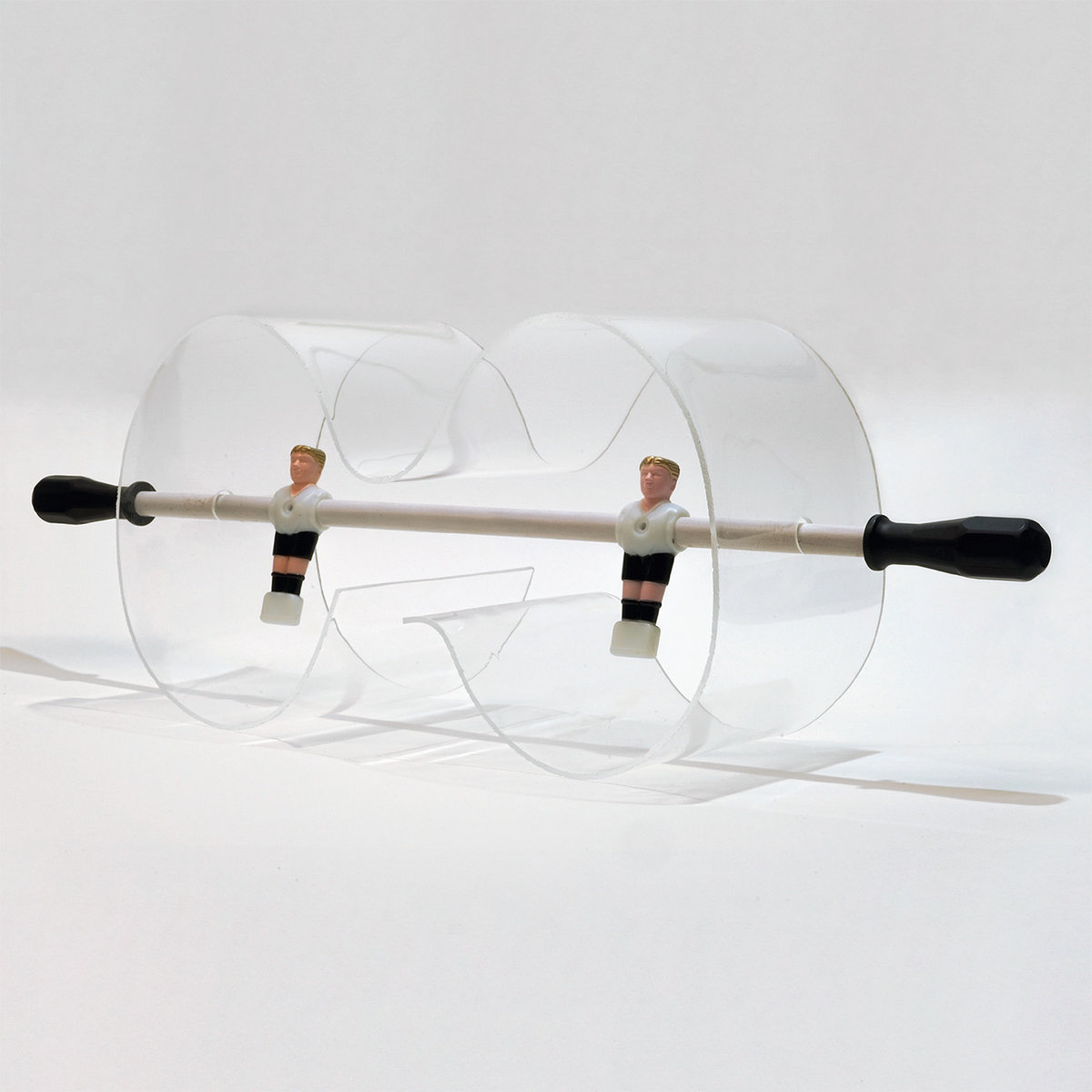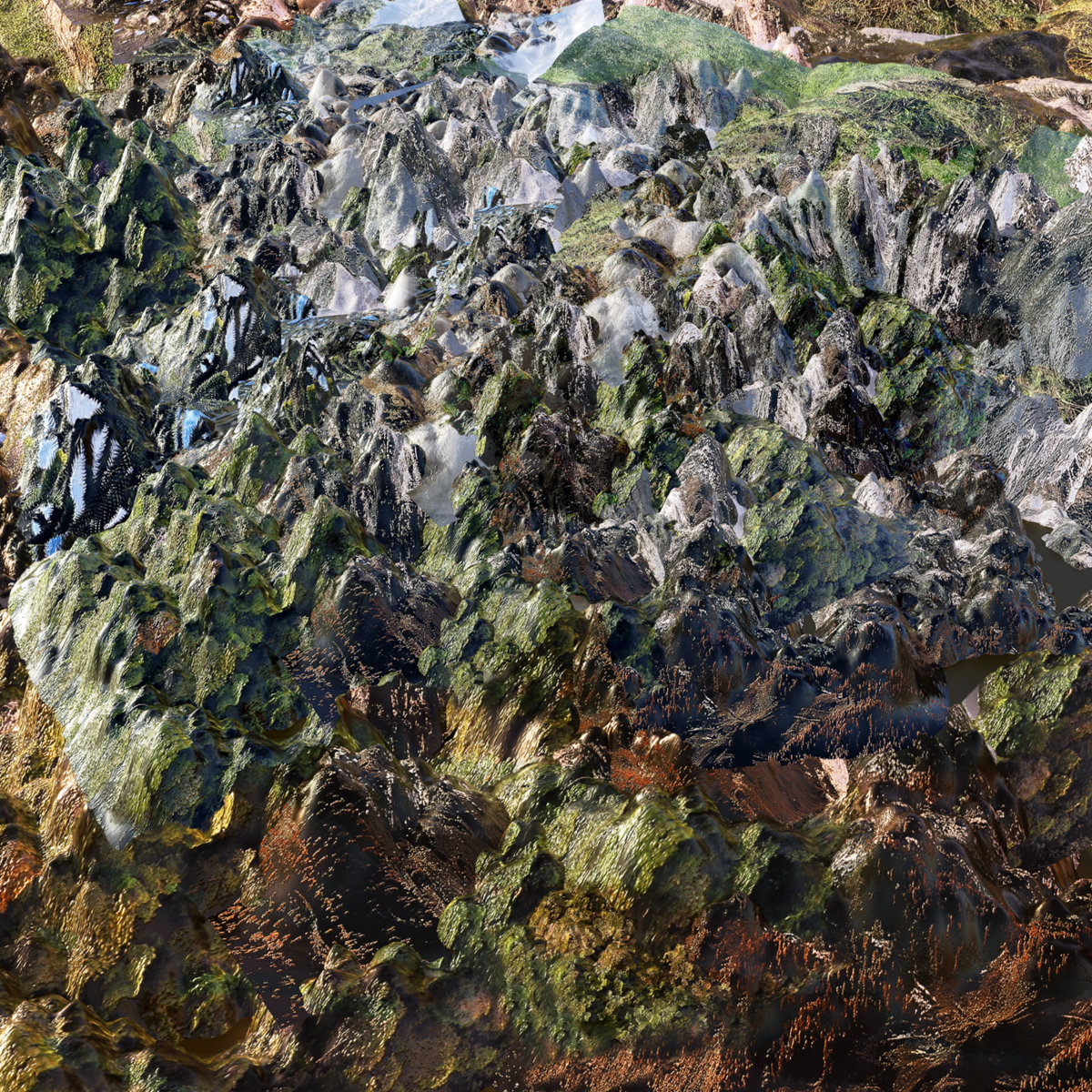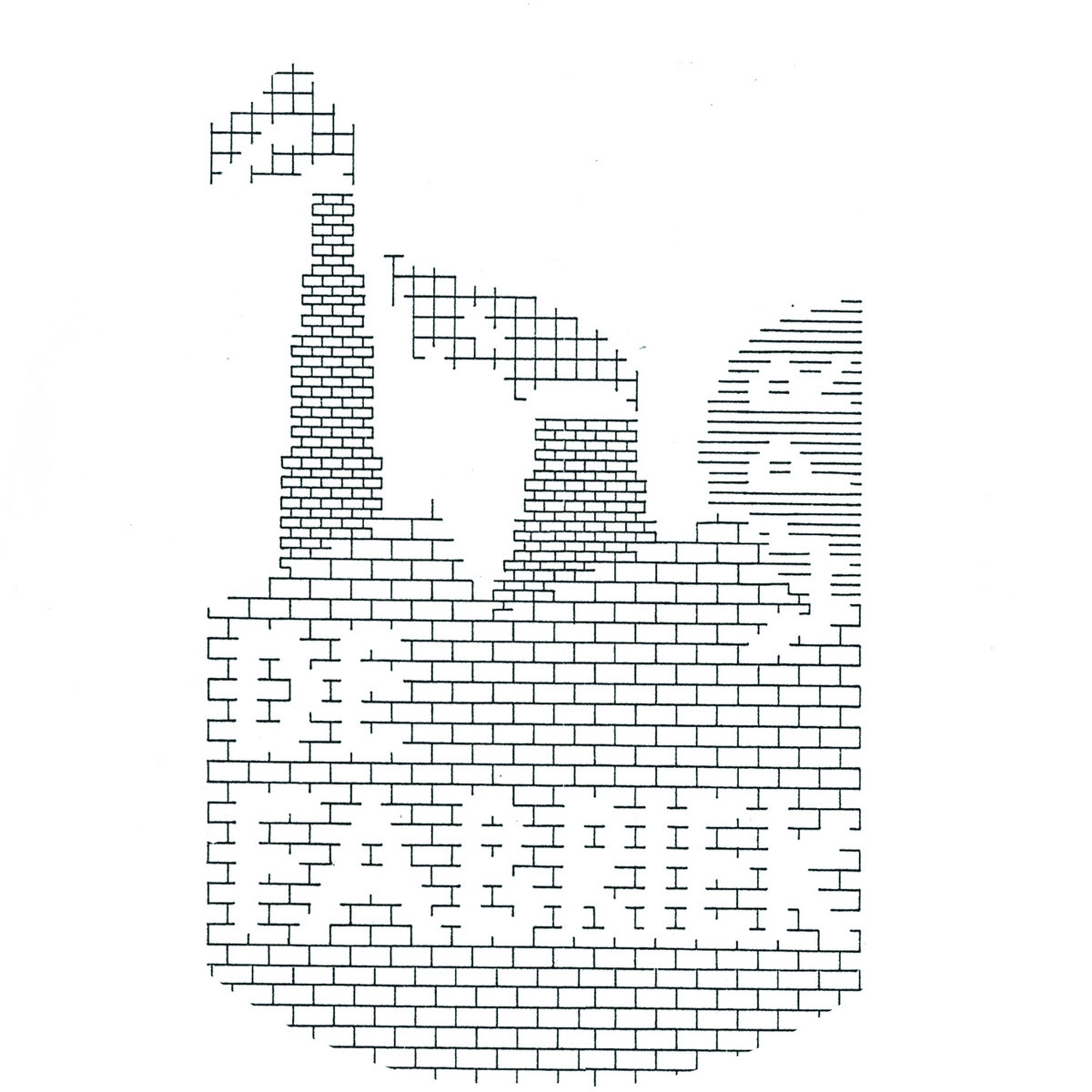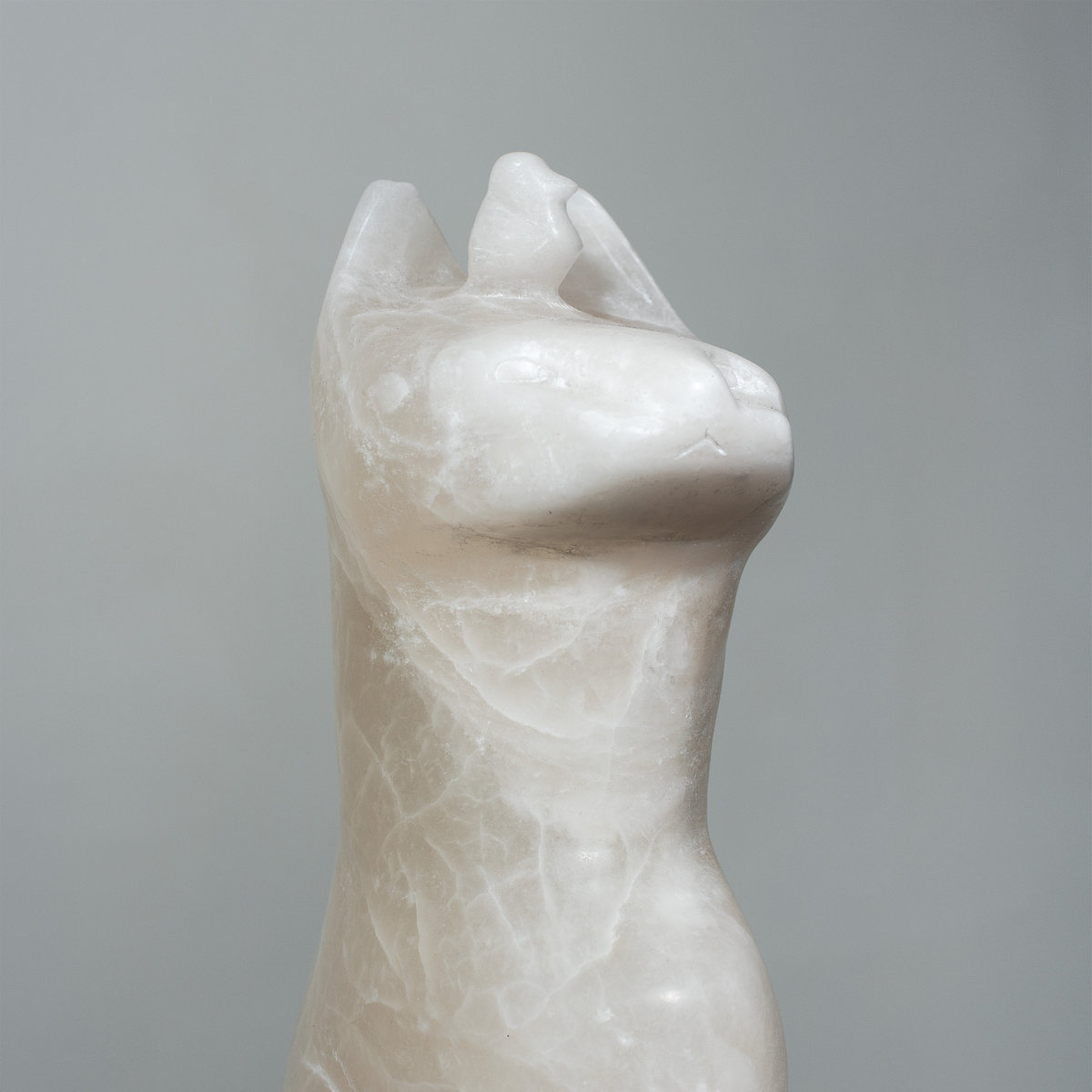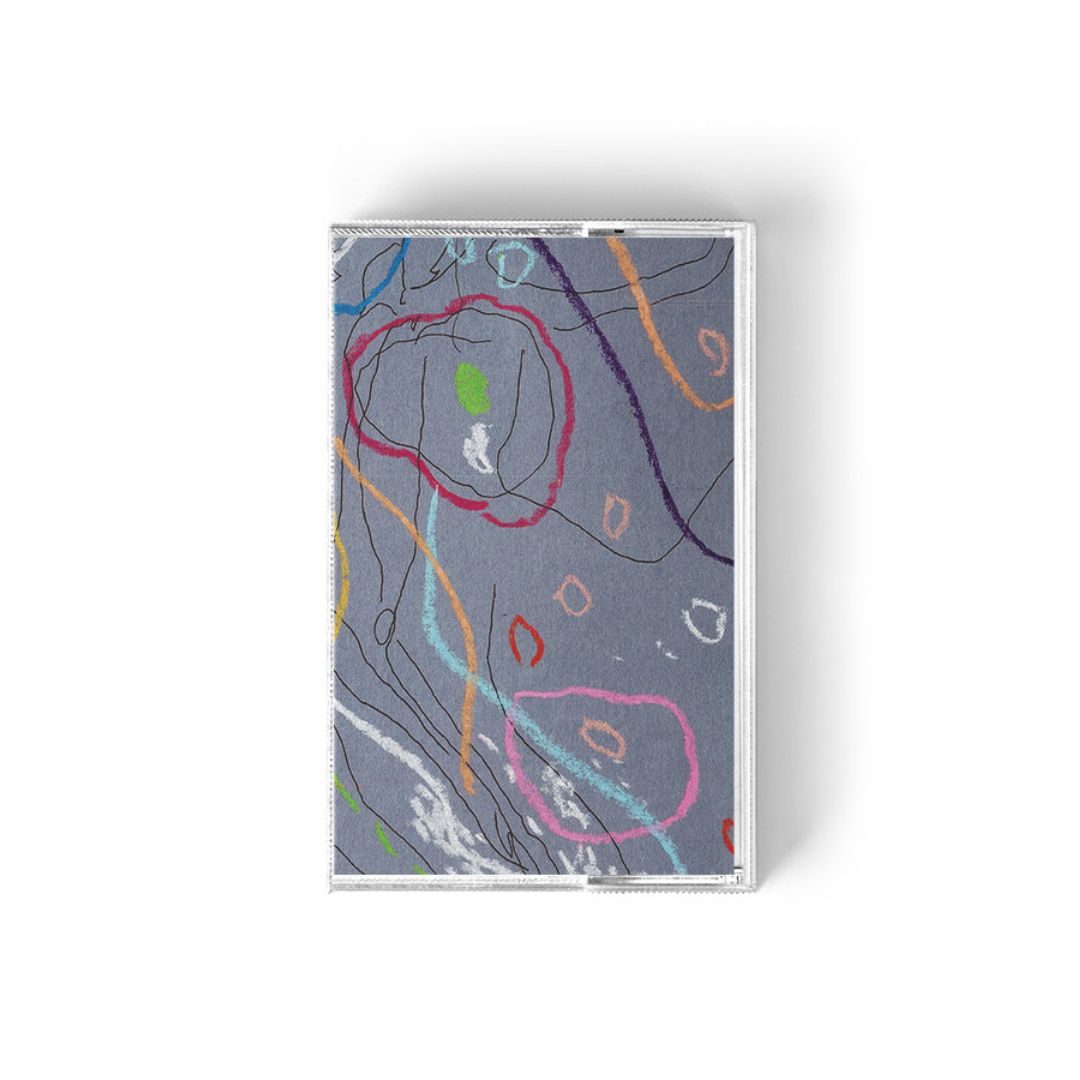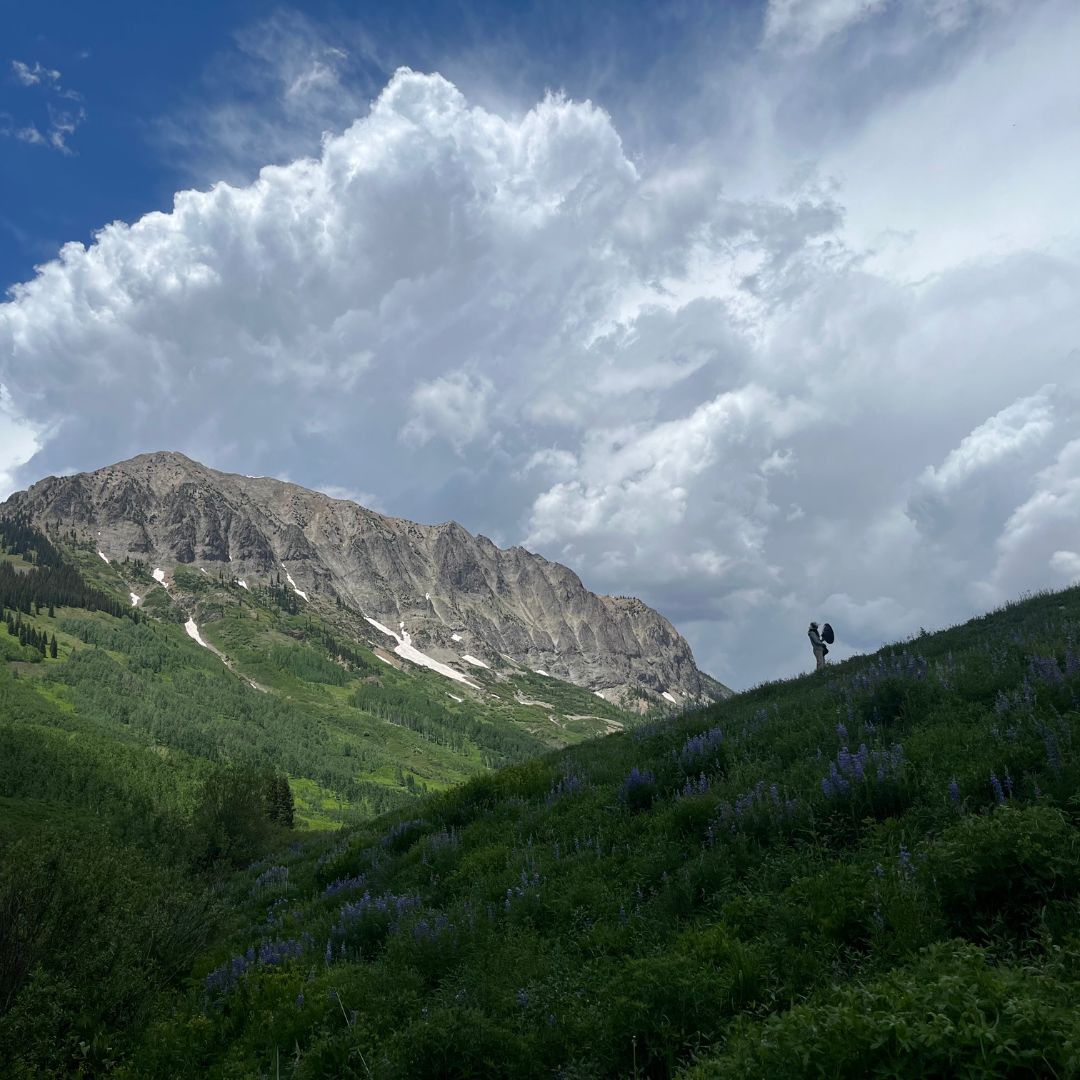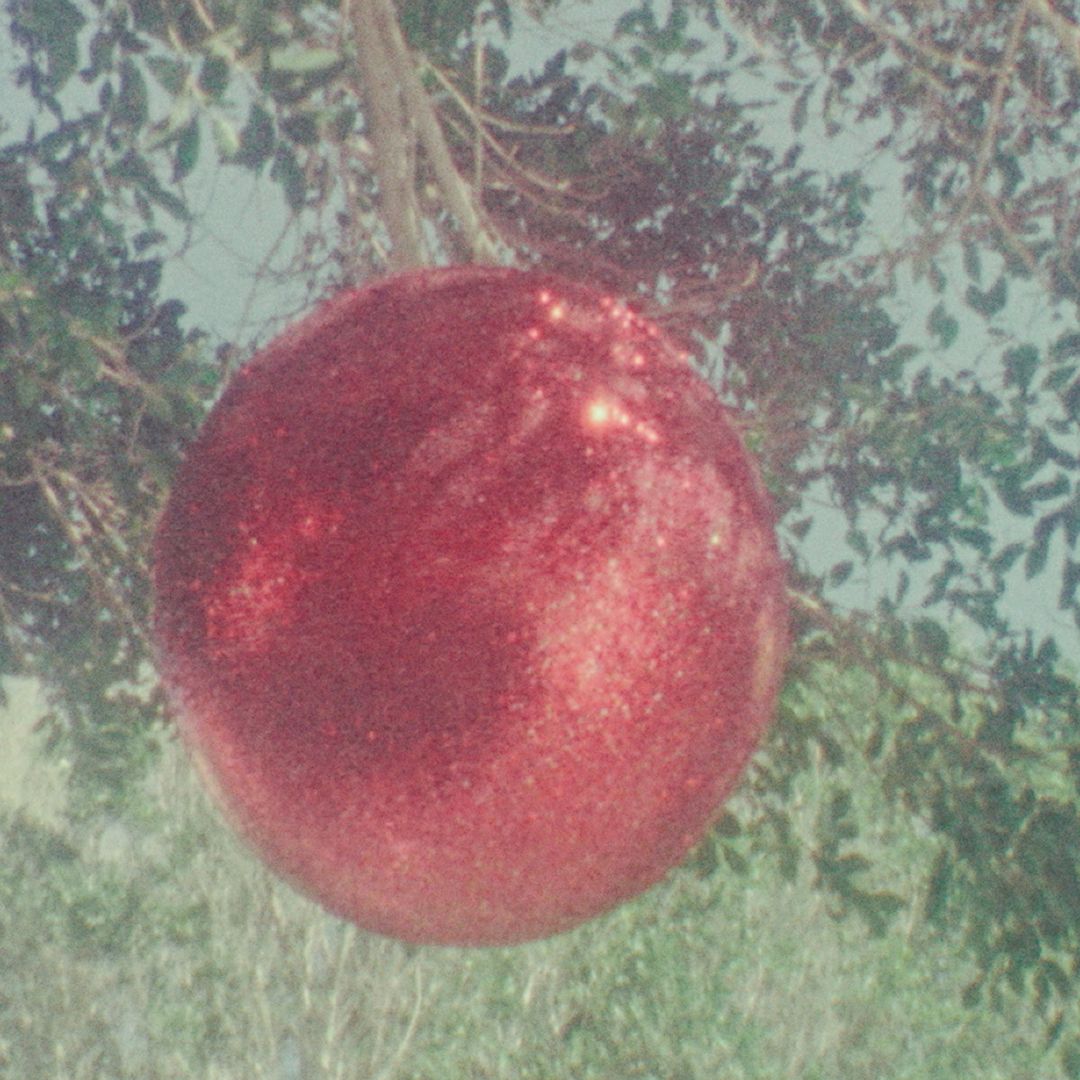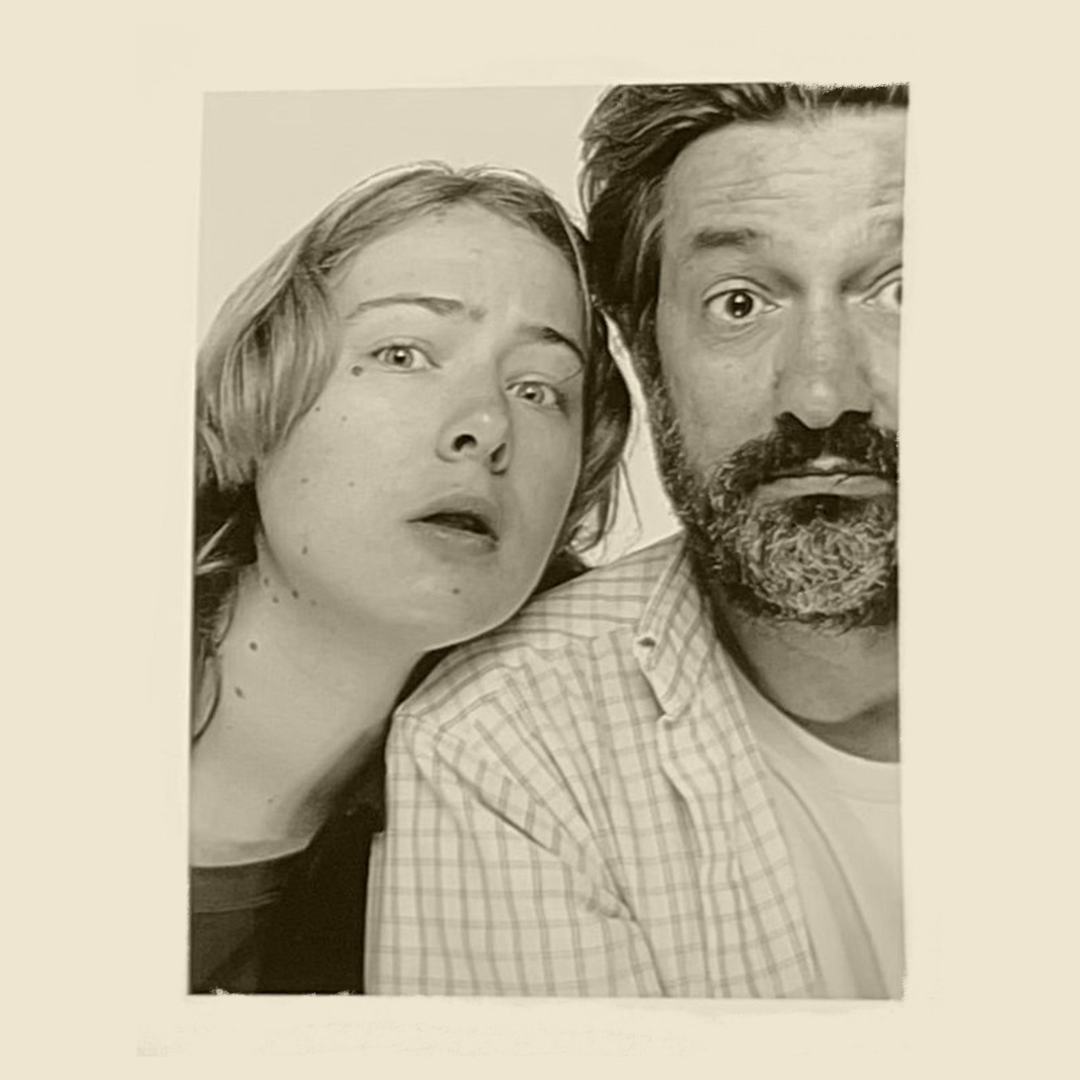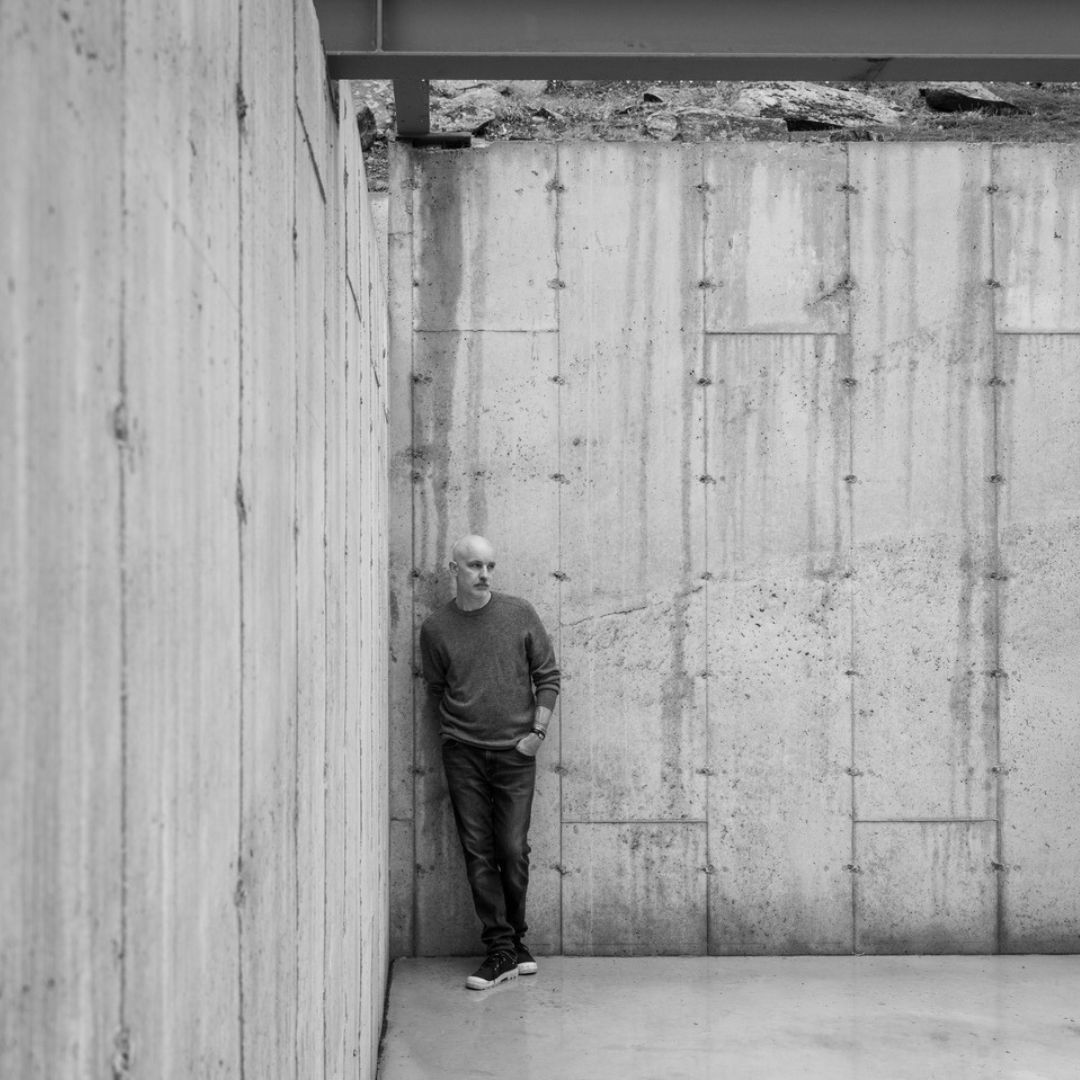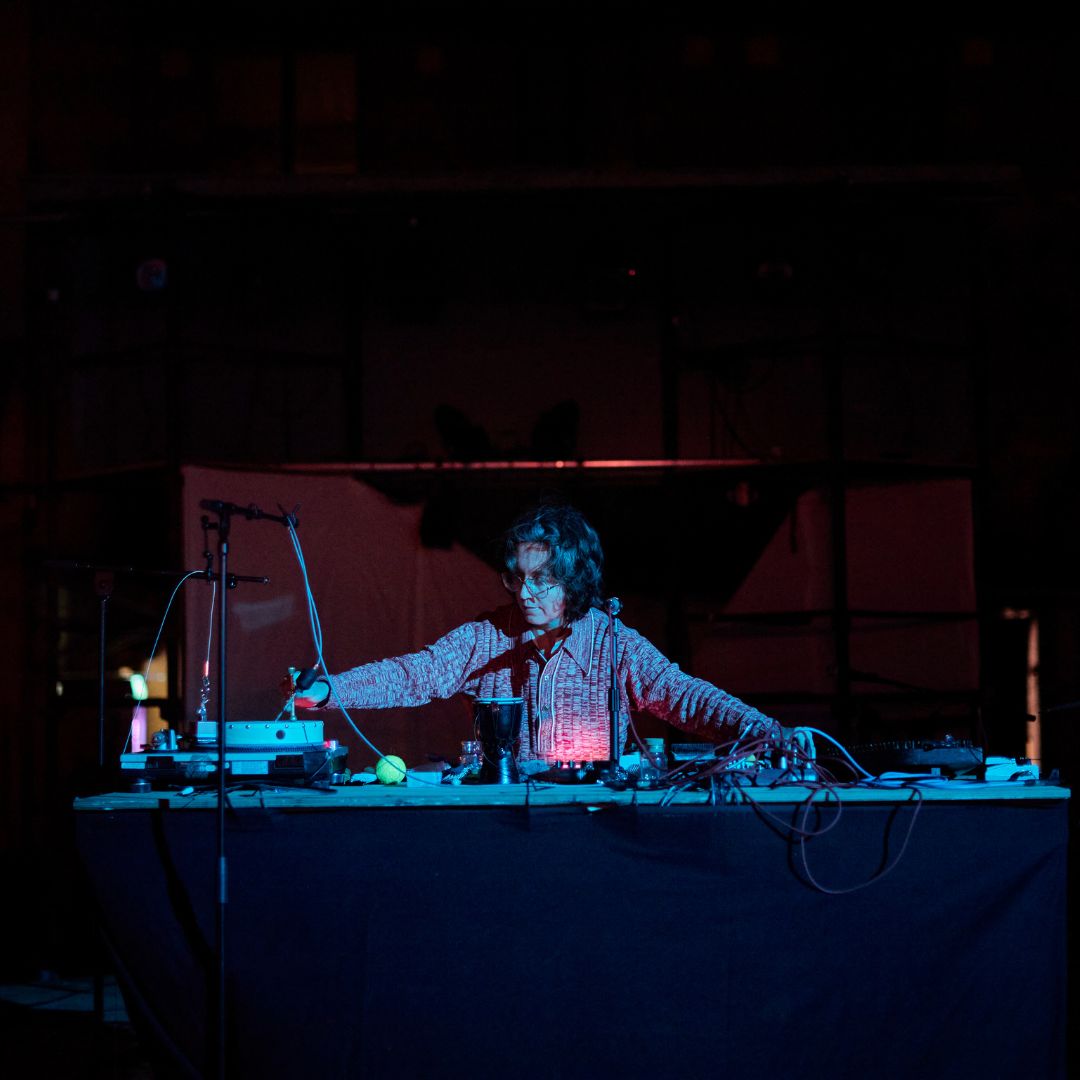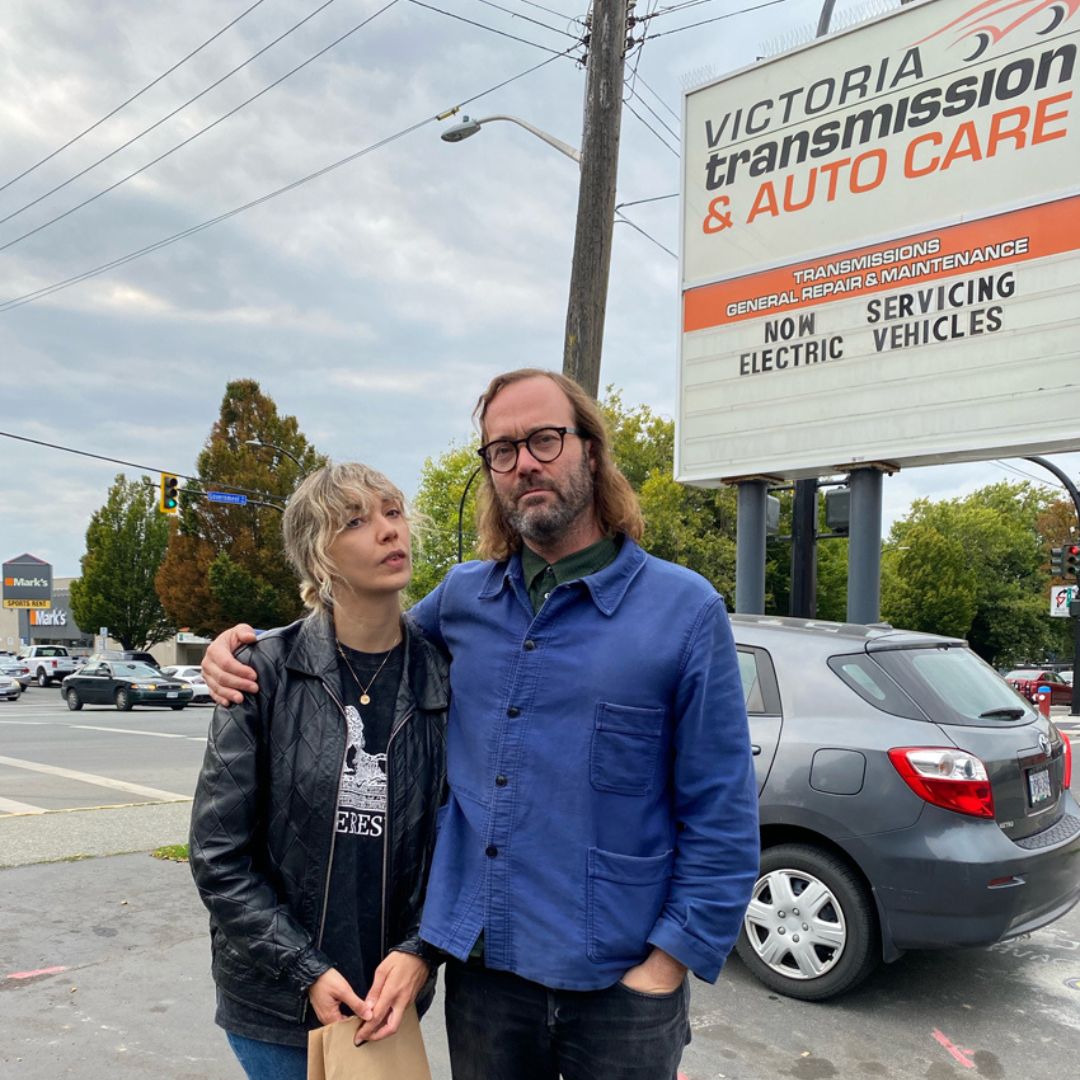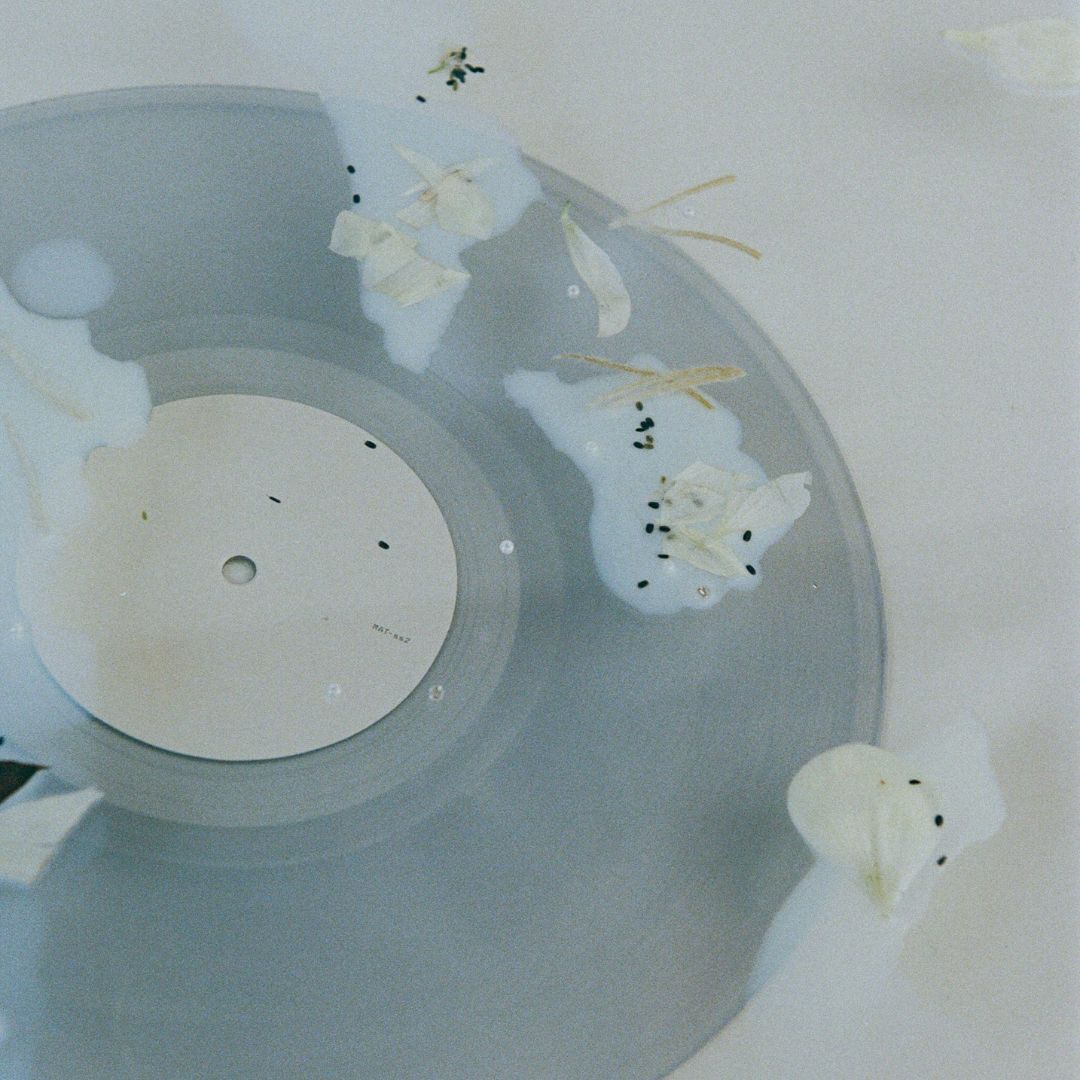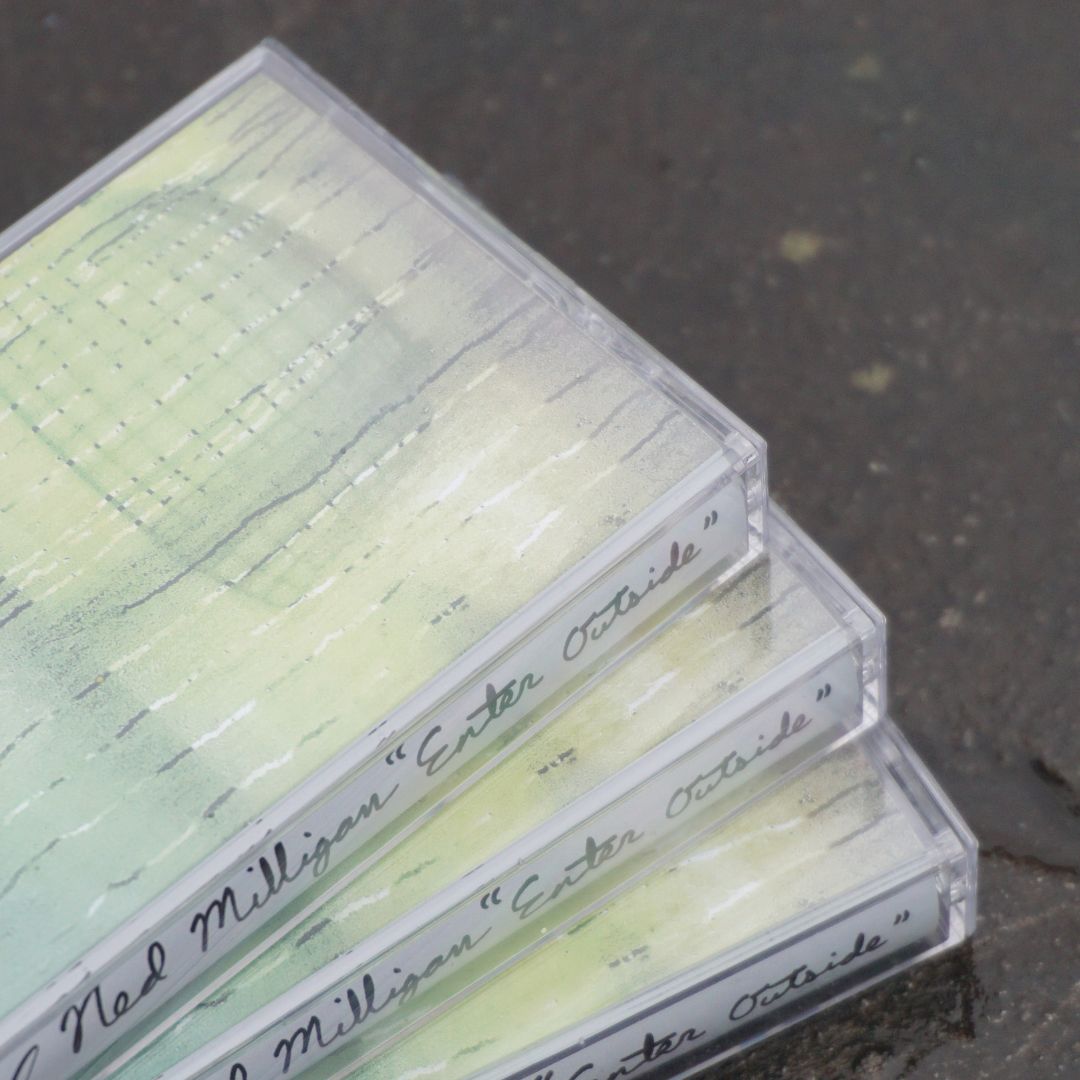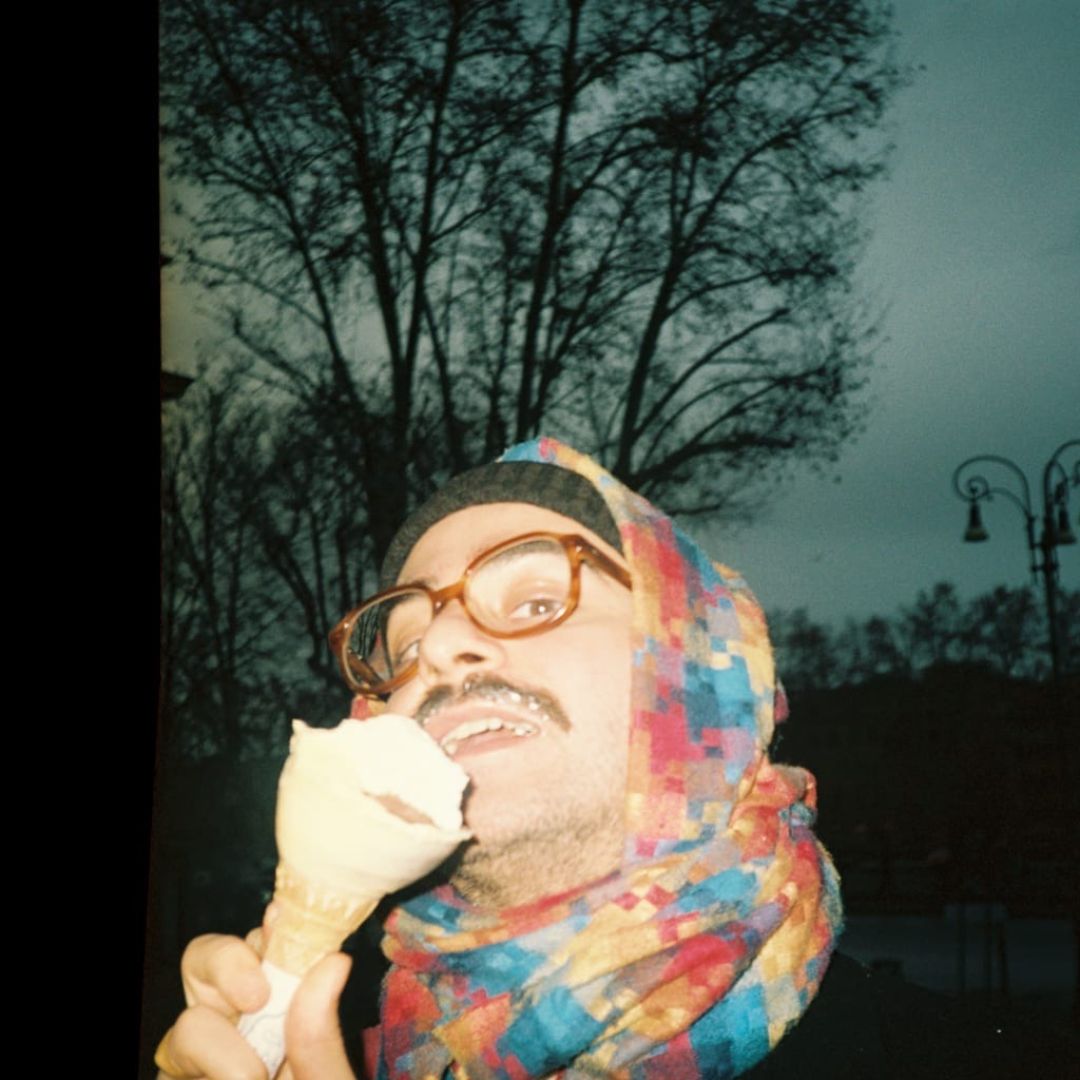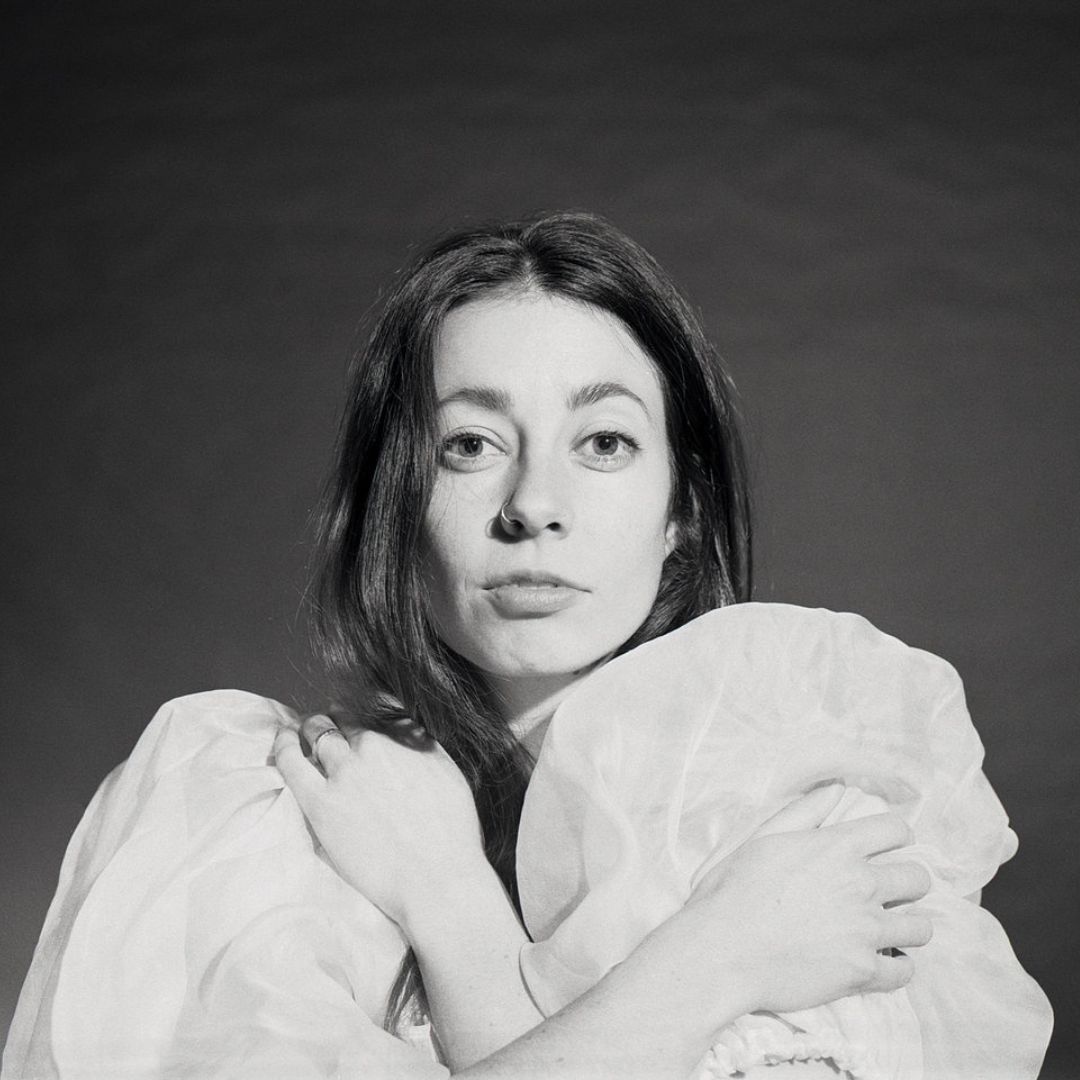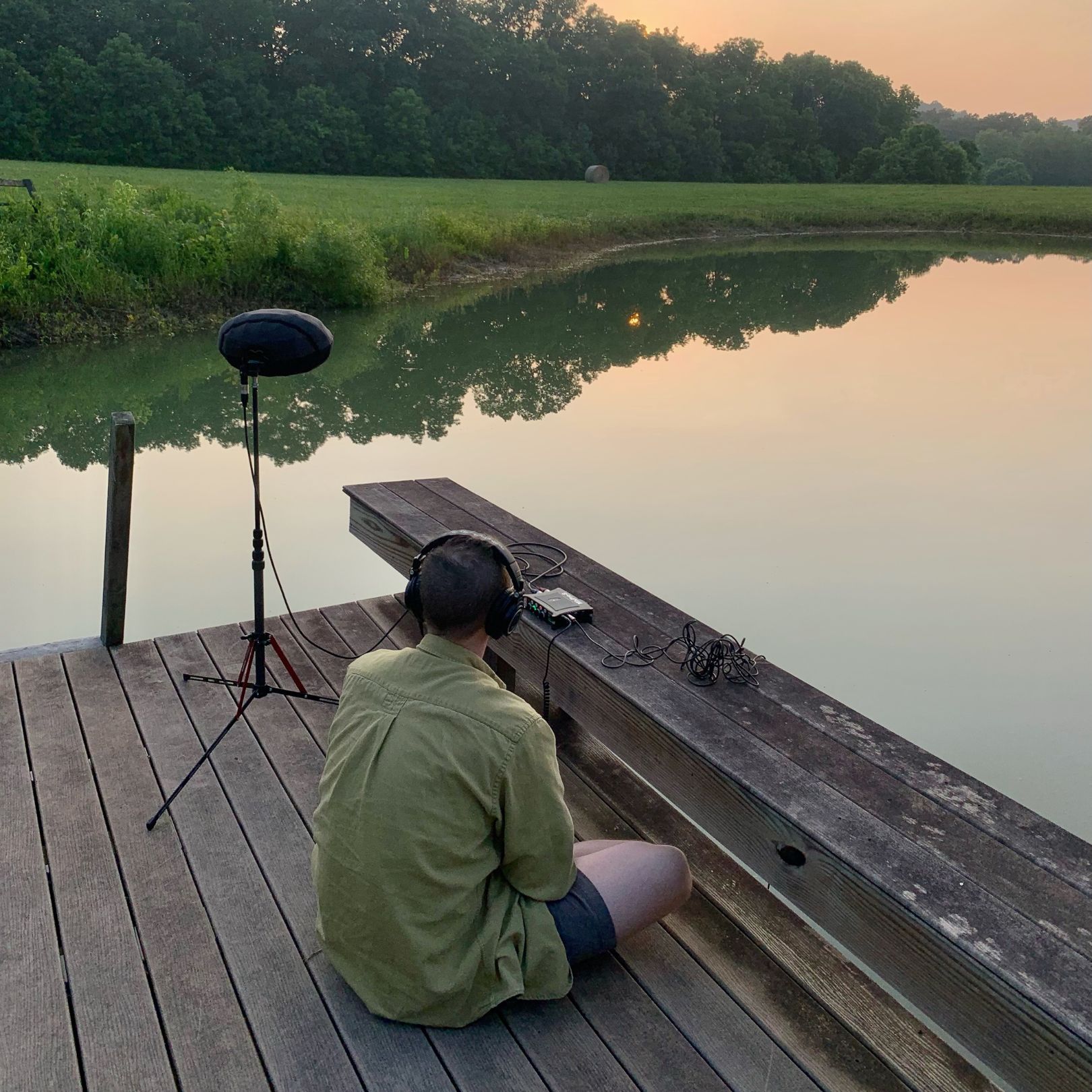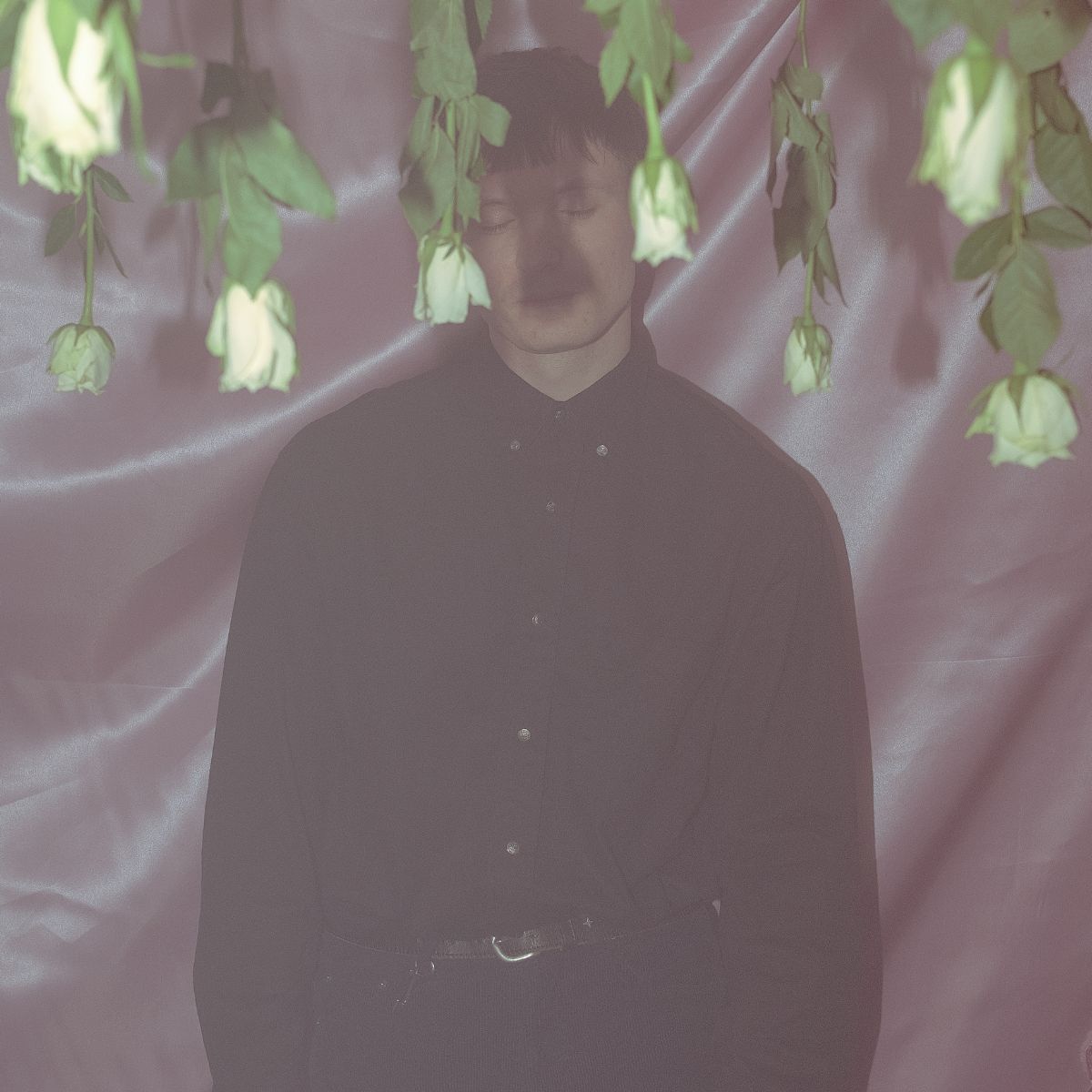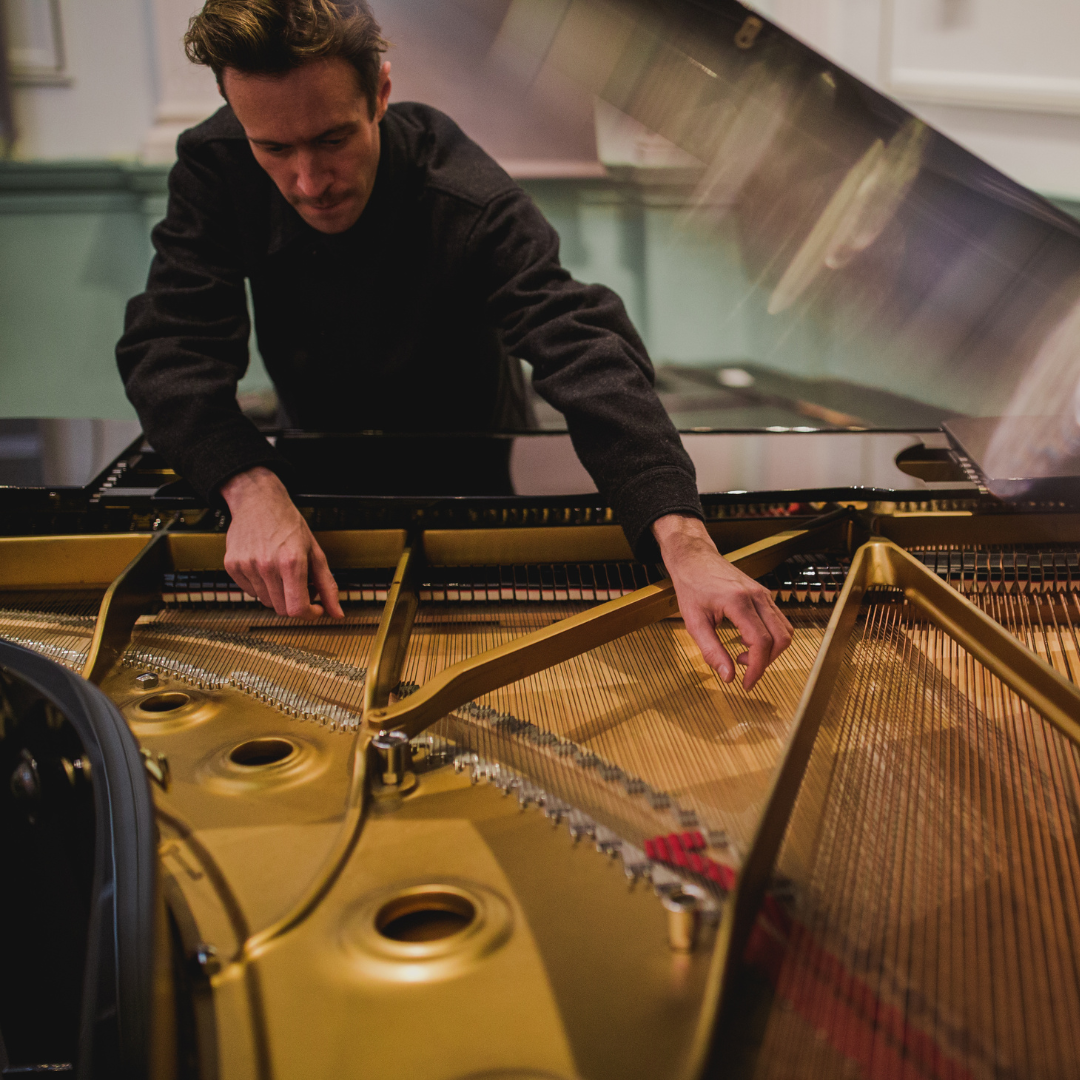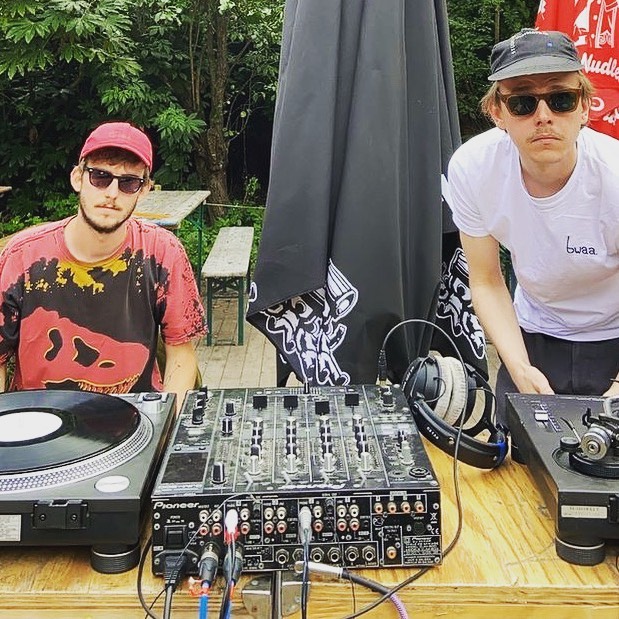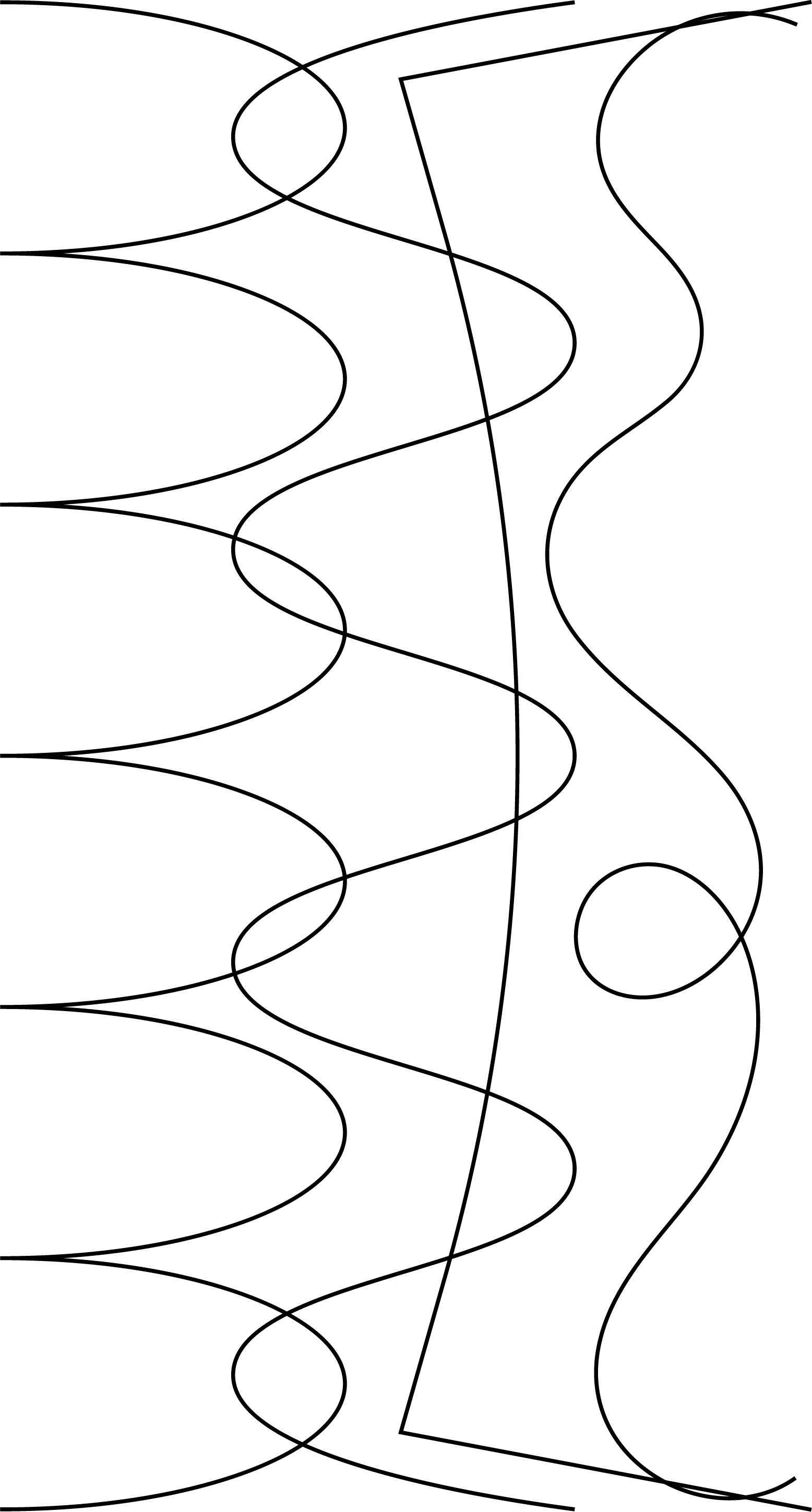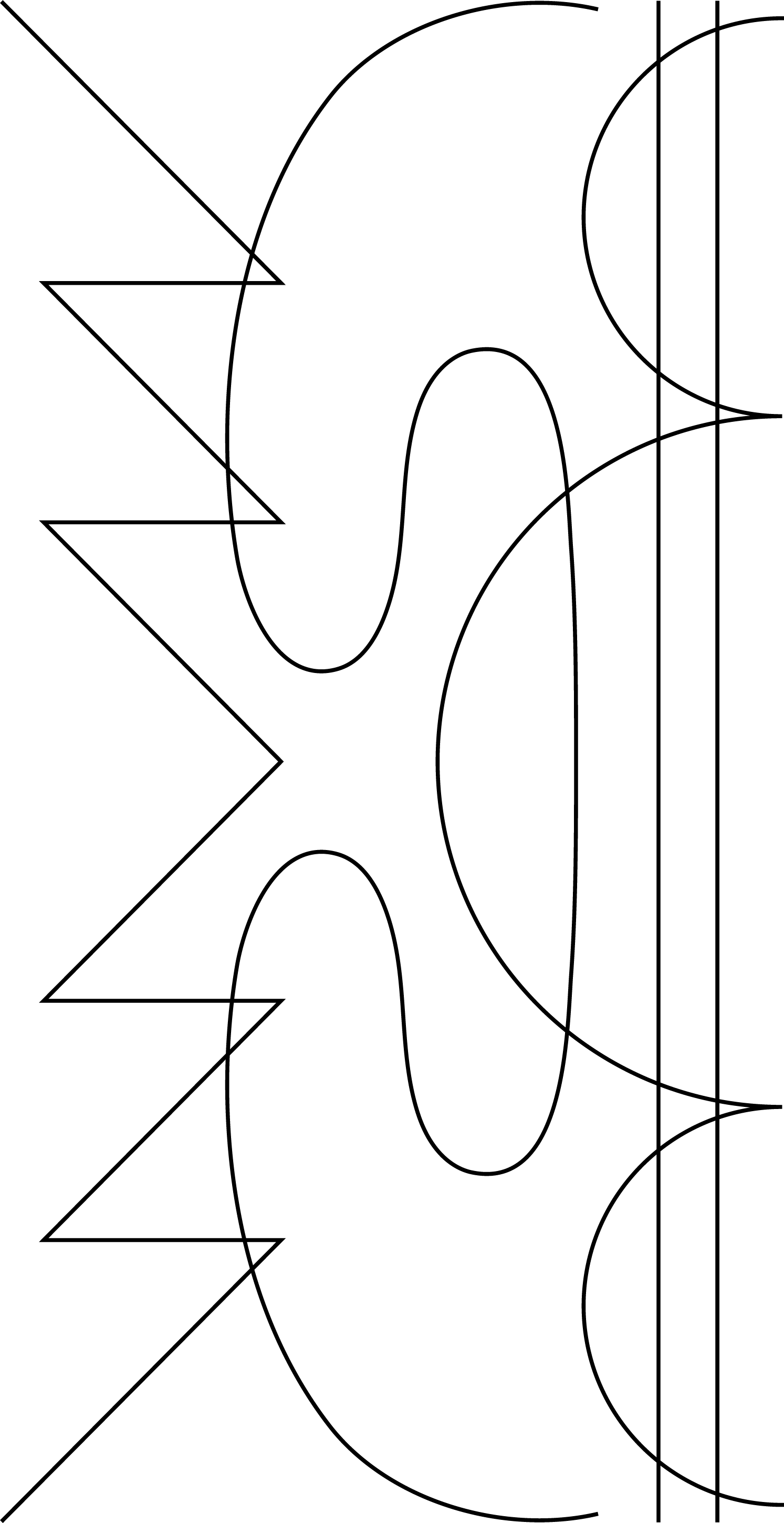Weaving bonds with Futura Resistenza
Meet Frédéric Van de Velde and Nele Möller, the duo behind Futura Resistenza. Their constant presence and active involvement in the Dutch and Belgian music scenes reflect their genuine dedication to fostering a strong sense of community. Stepping away from the clamor of crowded venues, they warmly welcome us to their dining table. Here, stories are shared, ideas take shape, and a collective spirit of future resistance thrives.
Let’s go back to the beginning. How did it all start?
Frédéric: I had been programming a lot of shows when I moved to Rotterdam. I was working at WORM, taking on various roles from volunteer coordination to floor management. In spaces like that, everyone had a voice in shaping the program, which led me to book numerous shows and immerse myself in a network of individuals who were exploring the intersection of music, film, sound, and fine arts. After my time at WORM, I ended up at DE PLAYER. That’s when I realized there was a whole other world out there, beyond the usual booking agencies. I started connecting with different artists who were doing their own thing, making their own music, and setting up their own tours. They would reach out to me directly, and the label just kind of grew from there.
Nele: I think one of the initial highlights was when you came across the Efraín Rozas record.
Frédéric: That’s something I started working on at an early stage, and it was eventually released in 2020. There were also other records, such as the Schirren record, where the initial steps were taken as early as 2016. I had seen the film Dimanche before and it was a personal favorite, but I hadn’t paid much attention to the soundtrack until one day when I was like, “Wow, this is amazing! Who is this guy?” Not much of his work had been published, but I was really inspired to discover his story and bring his work together.
The label is quite young, but your catalog is already very extensive. Do you still think about the ultimate form it should take? Should it consistently manifest as sound, or is there a potential for it to materialize as a book or some alternative medium down the line?
Frédéric: It depends largely on the project and the intentions of the artists involved. I believe the artist should definitely work with sound, but do we necessarily need to publish the sound? I think the end result should always be a reflection of their work, and it could very well take the form of a text, a manifesto, or an essay that captures their ideas.
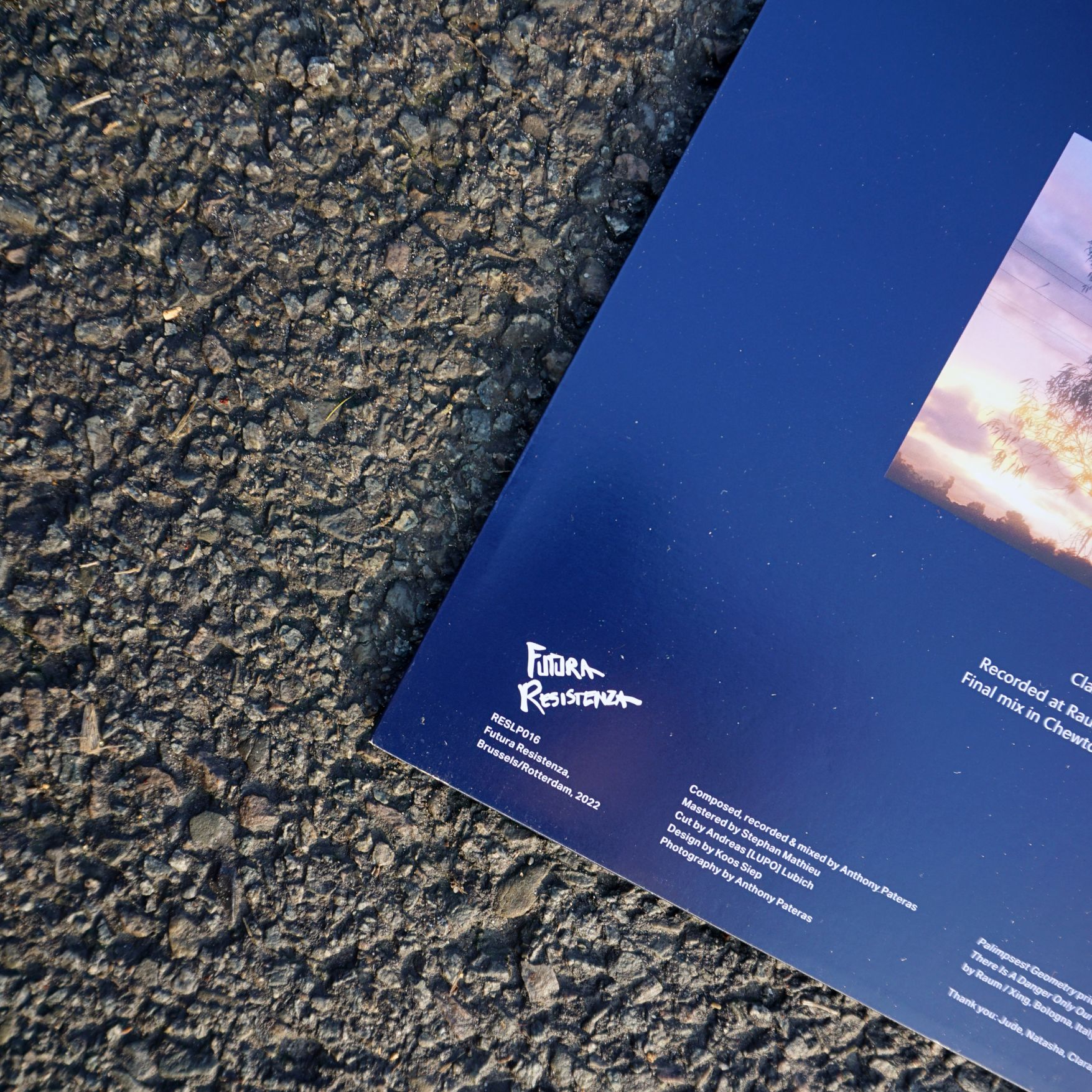
It’s intriguing that sound is the focus you’re emphasizing, as it seems like all the artists you work with explore other forms of expression that extend beyond sound. They encompass more than just being sound artists.
Nele: I find it really interesting that you mentioned that because it’s almost like the red thread across all our releases. Most of the artists we collaborate with engage in diverse forms of expression, and sound just serves as the connective element that intertwines them.
It’s quite evident in what you do. When presenting a project, you never simply showcase the sound work alone. There is frequently an element of performance integrated into it. You also consistently endeavor to integrate a live dimension into the work. Why is it important for you?
Nele: I think it’s the sense of community behind it.
Frédéric: There is indeed this social aspect to it, which contributes to the experience when people are performing or exhibiting. It goes beyond simply owning a record at home or within private circles.
Nele: When you attend live shows or visit exhibitions, it’s as if you’re part of something. It’s a shared moment in time, an experience that is shared.
I recall you mentioning how it would be cool if someone were to discover a Futura Resistenza record in a thrift store many years from now, and it made me wonder about what inspires your enthusiasm for releasing or publishing.
Frédéric: I’ve always been fascinated by the idea of an archive or collection. Ever since I was a kid, I enjoyed collecting all sorts of things, and obviously that passion for collecting records has stuck with me. I enjoy the social aspect that comes with collecting, trading, and sharing them. Through the label, we get to create our own releases and exchange them with others.
For me, starting a label is really about bringing people together. Occasionally I like to look back at our catalog or check out Discogs to see what we’ve done so far and how all the artists we work with fit together. Would everyone get along if they are all in the same space, and do they have something to share with each other? It’s like creating a family, but many of the artists in our catalog don’t necessarily know each other.
If you were to describe the sound of the label, what would it be?
Frédéric: Yeah, that’s a challenging question because I’m not sure if there’s a defining sound for the label. Many of the records we’ve released so far aren’t always easy to listen to. For example, Bryce Hackford’s Cloud Holding, which initially sounds ambient, triggers curiosity when you delve deeper into its intricate details.
Nele: All our records require a certain level of attention. I don’t think the connection lies solely in the sound. It’s more about how their artistic practice is structured.
Frédéric: When we approach someone or receive demos, it is often immediately clear whether it’s going to be a match or not. It’s a gut feeling that you have to trust. And if I still have doubts, I rely on Nele to provide a second set of ears.
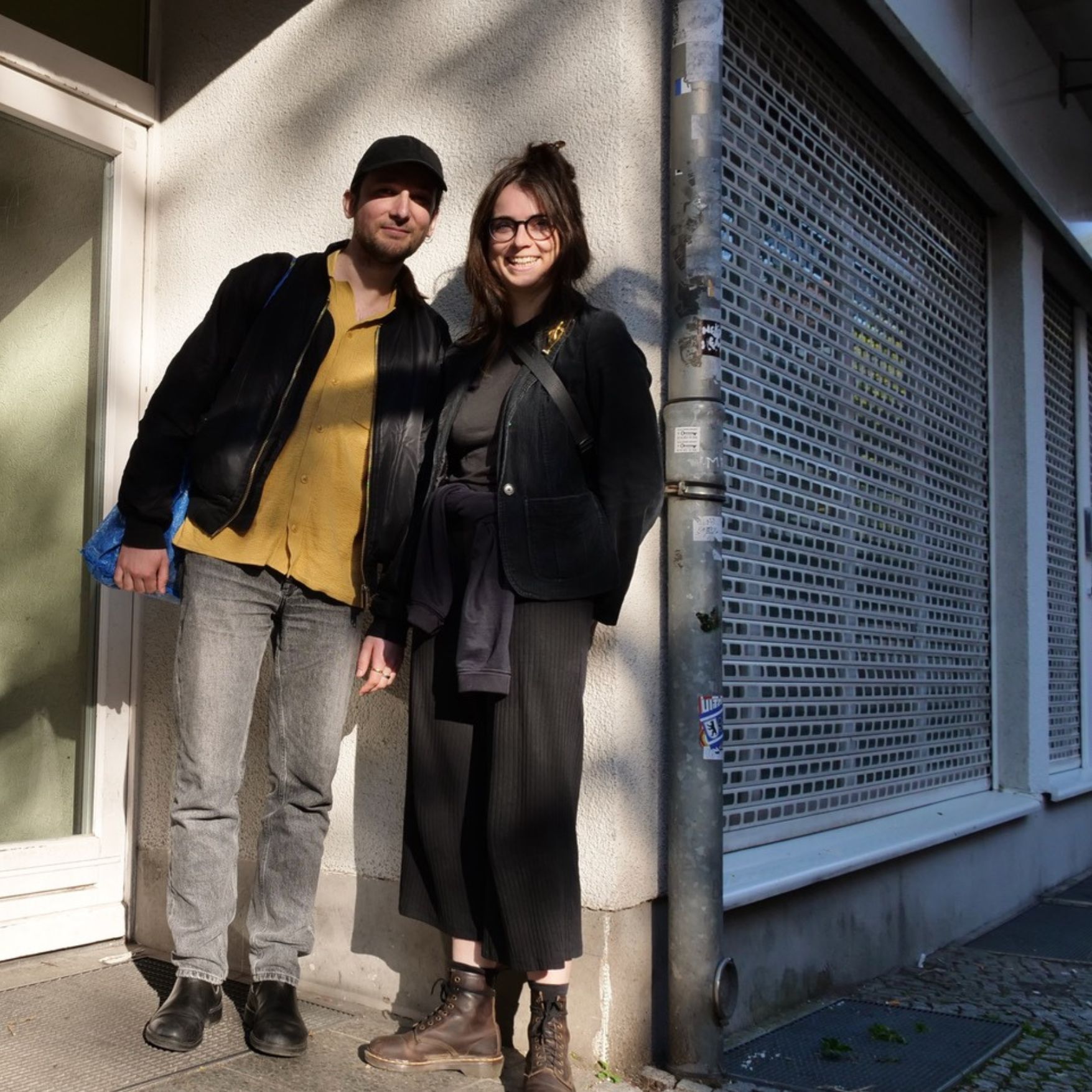
Are you both curators of the label?
Frédéric: The current releases primarily come from my network and the work I do, but the idea is that Nele also brings in projects to publish on the label. I started the label before we really got to know each other better, but now we live together, and our home essentially serves as the office of the label. It’s great that Nele gets to be a part of it too. Nele is also a musician and is busy with sound, so it’s nice to have another ear that listens to the music we publish and reflects on it from a very different perspective than I would. I’m happy that Nele is also interested in it and that her personal interests are reflected in the label as well.
Nele: I’m currently working on a few projects, and I’m excited about inviting more people to be part of the label. It’s just a matter of finding the time for it, as I also have my own practice, and I would love to release a new record myself.
Do you still consider the label to be based in Rotterdam?
Frédéric: Things are slowly changing because we have been living in Brussels for three years now. Although many of the people who work behind the curtains for the label are still living in Rotterdam.
Nele: We also still have a big group of friends in Rotterdam who are very supportive. When we organize a concert in the city, we still see a lot of people showing up. I think it’s important to maintain that connection in some way.
Frédéric: In the coming years, our catalog will feature more artists based in Belgium. We have recently connected with some of them, while others have long been on our radar. Being based in Brussels now, it is much easier for us to personally stay in touch with them.
It’s a luxury to be able to run your label like that.
Frédéric: For me, it’s a necessity. I couldn’t run the label as a business on which I rely for my livelihood. I value the label’s artistic freedom too much. It’s clear to me that I need to have another job alongside the label since it does not pay for the roof over our heads. However, it does provide us with enough resources to showcase our releases and make them public. It allows us to organize events, connect with others, and make new friendships.
So, where does the name Futura Resistenza actually originate?
Frédéric: When people ask, I see that it immediately evokes futurism as an art movement in their minds. Others also see references with underground resistance, which is definitely present for me as well. It represents a form of resistance by employing futuristic or alternative ideas to articulate visions of a transformed society. It also encompasses the idea of conveying alternative narratives or exploring other possible worlds through sound and music.
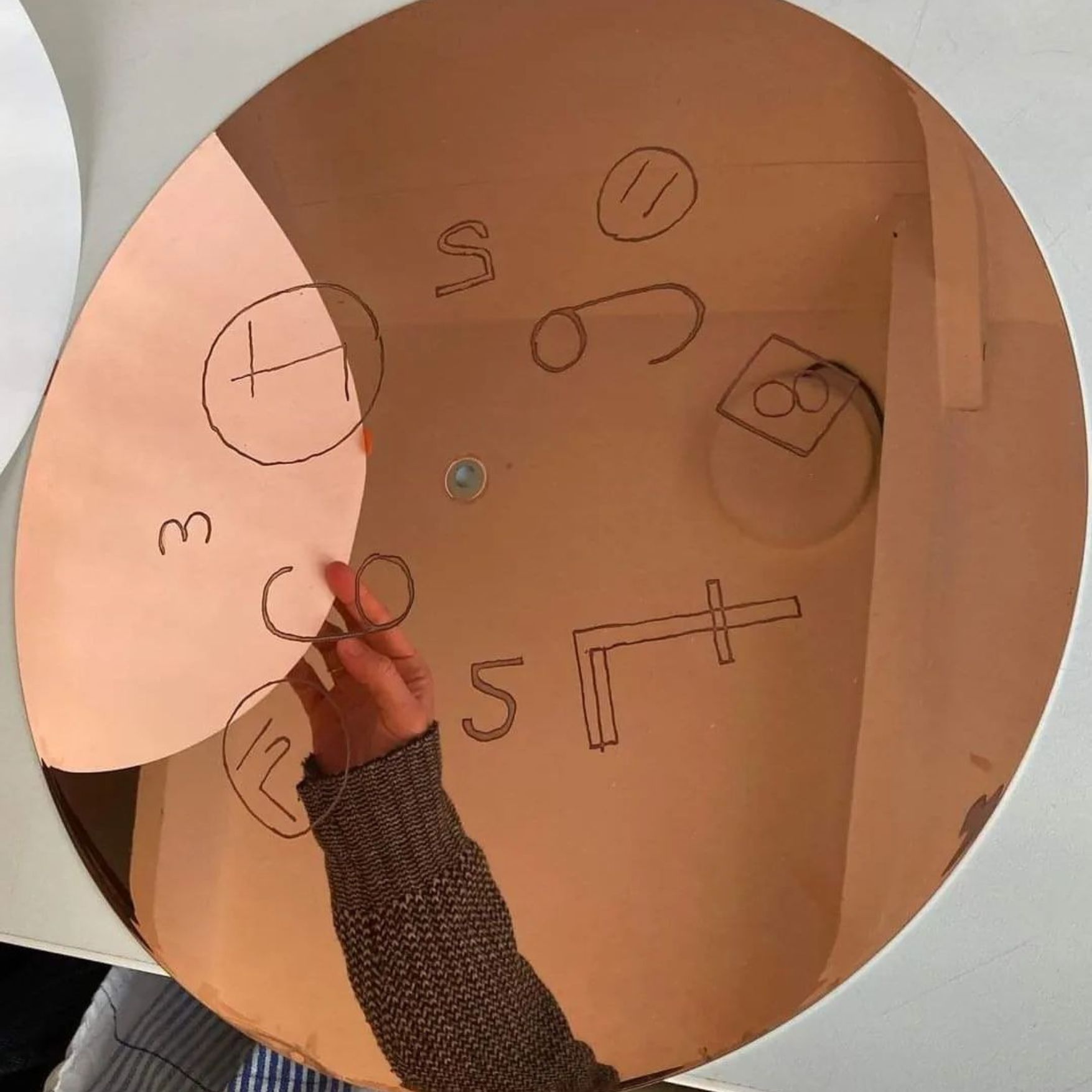
The logo also embodies the spirit of underground resistance.
Frédéric: The logo is inspired by Boccioni’s moving man, but with a speaker on his head. I also see Futura Resistenza as a means to embrace resistance in relation to time. I hope that when someone discovers one of our records 20 years from now, it continues to resonate and withstand the test of time, like a form of time traveling.
To what degree are you involved in shaping the sound of the record?
Frédéric: It varies from project to project. There are times when I am actively involved in the process of sifting through hours of music, carefully selecting which tracks will make it to the album. There are even instances where I propose the concept for a sound work. Other times, the project is already complete, and it’s simply a matter of deciding whether to publish it.
For me, it’s very important that we have a clear vision of how we will present the release. Should we include any additional elements? Will there be a photo or a drawing? How does it complement the sound? I really enjoy collaborating closely with the artists throughout this process.
When it comes to artwork, we do not have a fixed template. In most cases, we collaborate with Koos for graphic design, unless the artist expresses a preference for their own designer. In such situations, I just share with them our catalog and trust that they will make something that fits what we do.
It’s impressive how your catalog maintains its visual coherence, even with many people involved.
Nele: I think the cohesiveness mostly comes from Koos’ graphic design work. He has a way of designing, and that also becomes the signature of the label.
Frédéric: I think what also helps maintain coherence is giving the artists the space to make sure their own ideas are in there.
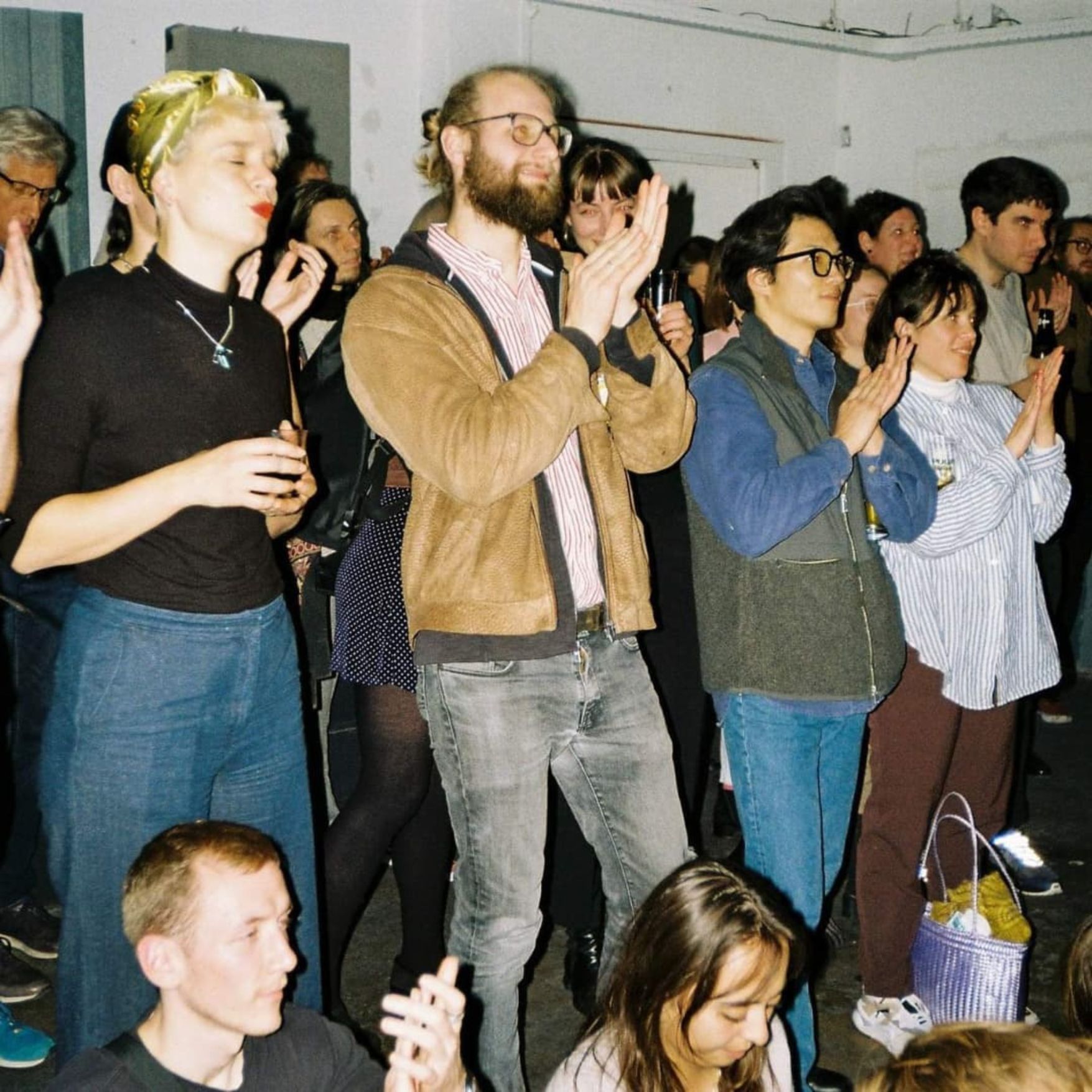
And Nele, what was the inspiration behind the cover of First of May?
Nele: When I started playing as Kimberly Clark, I would often perform wearing suits that I made myself. During a residency in Iceland, I had a photoshoot with a friend, and when you mentioned that we would do the 7-inch single, it was already clear to you that we would use an image from that photoshoot.
Frédéric: I had seen those images before, and I immediately said, “Yeah, that’s the cover image for the record.” I have a background in graphic design before I went to art school, so I also bring that perspective. However, I don’t particularly enjoy being a graphic designer, just as I wouldn’t really enjoy being a musician myself. But I do like being the medium between artists and their ideas, in the sense of coordinating and co-directing. I wouldn’t have been able to take that photo myself or stage it, but I knew the photo was there, and it connected so well with the music. I enjoy bringing these elements together and transforming them into what they become. I really believe the artwork is crucial, especially the front cover of the records.
Nele: It has to immediately give you the feeling that you want to flip it over and dive deeper into it.
How do you imagine the label evolving over time?
Frédéric: I am not really sure. I try not to think too much about it and prefer to let things evolve naturally.
Nele: It would be nice to have a physical space, where we can host concerts and events and bring people together.
Frédéric: Yes, ideally, Futura Resistenza would transform into a space—a bar where we can host touring friends and where people can connect with each other and access our catalog in some way. Although I also like the concept of a virtual space. The more titles and artists we publish, the more our platform evolves into a space of its own.
Pictures by Marie-Pierre Bonniol and Katja Mater

